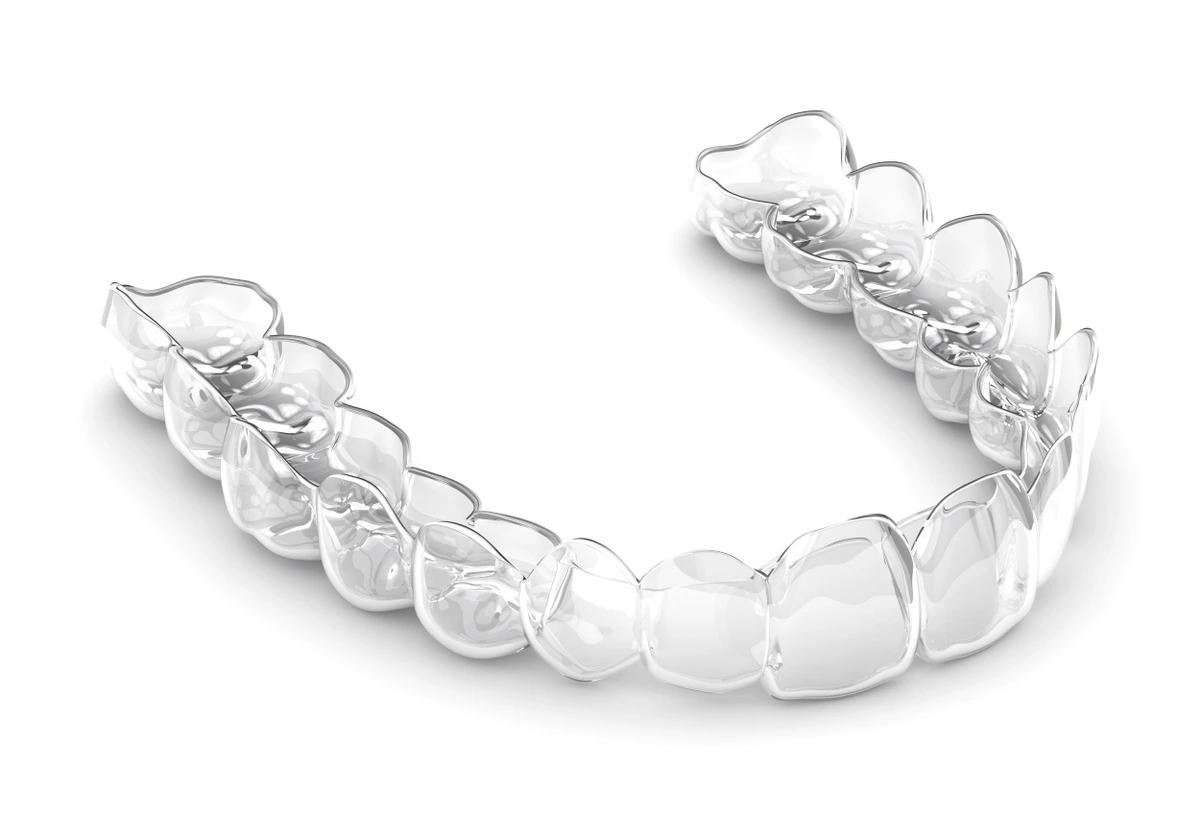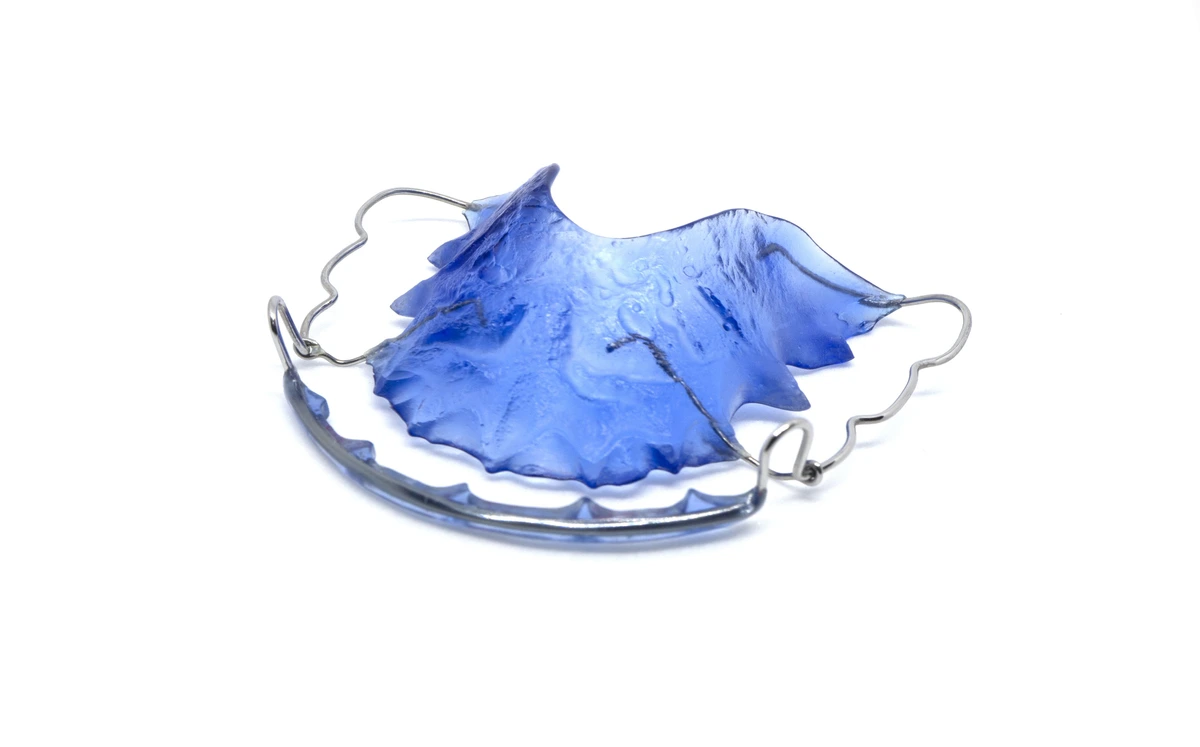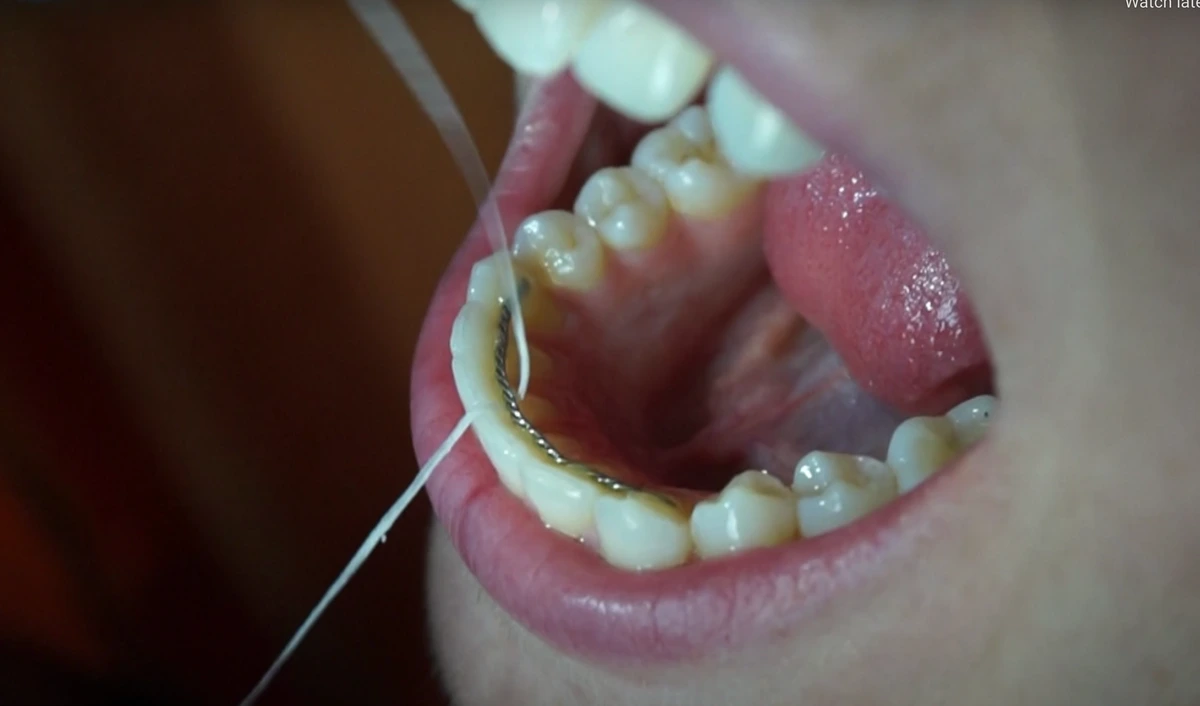How Much Do Dental Retainers Cost?


A retainer is a super-important dental appliance that helps you keep your teeth straight. If you’ve ever had braces, you’ll need to keep one handy!
What Is A Retainer?
How much is a new retainer? Usually, the initial cost of your first retainer is lumped into your total orthodontic charges. It’s basically included with whatever the cost of your braces is and delivered to you once your appliances are removed.
But how much do retainers cost if you need to replace them? It depends on the type of retainer that it is, how it broke, and a few other variables. If one thing is for certain though, the cost of replacing your retainer with a new one is much, much, much more affordable than paying to straighten your teeth with braces all over again. They’re an investment that you can’t afford not to have. Especially after a couple of years undergoing orthodontic treatment.
What Are The Reasons For Retainers?
Everyone who has ever worn braces will (or at least should) have a retainer. Typically, you don’t get a retainer unless you’ve already had braces, but sometimes they’re used to prevent teeth from tilting out of place if they’re already in the process of moving. Normally you will only be fitted for a retainer once your teeth are perfectly aligned via orthodontic treatment.
The reason for getting a retainer is this: teeth have a “memory” to them. No matter how long you spent in braces, your teeth will instinctively want to start tilting or drifting back to the position they came from. Some of this tooth movement is because of your lip, tongue, and cheek movements, while the rest of it is due to the tiny ligaments that stretch around the roots of your teeth.
Types Of Retainers
There are three main types of retainers: Fixed, plastic removable, and Hawley. They each serve completely different purposes, so there’s a good chance you might have two different ones depending on your orthodontist’s recommendations.
1) Removable Plastic Retainers

These are the clear, removable trays that look like Invisalign braces. Sometimes they’re referred to as Essix retainers. These retainers are transparent and rigid, hugging your teeth in position. Depending on your dentist’s recommendations, you might even be able to use them for bleaching trays at the same time. Always store these retainers out of hot areas, as they can melt or warp. Also be sure to keep them out of the reach of small children and pets. How much is a new retainer if yours is damaged? It could easily be anywhere from $150 to $500, depending on your dental provider.
2) Removable Hawley Retainers

Hawley retainers are the traditional old-school retainers that were popular before clear braces started to be a thing. They have an acrylic piece that goes in the top of your mouth, with a wire that wraps around the outside to slip over your teeth. Usually, the acrylic can be customized with designs or different types of colors, depending on your preferences.
Although Hawley retainers are fairly predictable, they don’t hug your tooth from every angle like a clear one does. Plus, they’re not as aesthetic. So adult and older teen patients prefer to substitute them with a clear version when it’s an option. On the plus side, Hawley retainers are typically much cheaper than the clear Essix versions. If you have to replace one, it will usually run you about $150 to $300, which is much less than paying for braces all over again.
3) Permanent Retainers

Also called “bonded” retainers or “lingual” retainers, these devices are permanently attached to the back of your front teeth to prevent them from leaning, tilting, or spreading apart. Usually, they’re only placed on the lower front teeth, but sometimes orthodontists will bond them behind the upper front teeth as well. Since you don’t take them in and out, there’s not really as much of a risk of losing or needing to replace them. But occasionally the composite might come loose and need to be bonded back into place. Since lingual retainers are meant to last indefinitely, you typically don’t have to pay to replace them. Or if it falls off, your orthodontist will usually put it back for free. If for some reason you need one installed and are having to pay for it out of pocket, the average cost can run around $150 to a few hundred dollars.
ProTip: To prevent costly problems, be sure to floss the teeth behind your permanent retainer good so that you don’t get a lot of tartar buildup.
Factors That Affect Cost Of Retainers
Getting a removable retainer made requires molds or scans of your teeth, as well as lab and materials fees. Hence why they can cost a couple of hundred dollars to make. If you’re getting a retainer for the first time, you might consider going ahead and paying a little extra to have a second (spare) one made as a “just in case” option. Since the process is expedited, you’ll usually get a discount on the second retainer.
How much is a new retainer if you’re getting one made from scratch? It will depend on if you’re seeing the doctor who performed your orthodontic treatment, the cost of living in your area, your dental insurance coverage, and the type of retainer that’s being designed. Usually, it’s easy to call a dental office and ask them what their fee is for a Hawley or Essix retainer, as they’re not typically associated with other procedures; they tend to be a single stand-alone fee.
How Much Do Retainers Cost Without Insurance?
| Retainer Type | Cost per Retainer | Cost per Set |
|---|---|---|
| Removable Plastic Retainers | $100 to $250 | $200 to $500 |
| Removable Hawley Retainers | $150 to $300 | $300 to $600 |
| Permanent Bond Retainers | $250 to $500 | $500 to $1,000 |
If you’re paying for braces without insurance, you really don’t have to worry about an extra cost for your retainer. But if you move across the state, lose a retainer and need to get a new one from a new orthodontist, you’ll want to know how much is a new retainer in that area. Plan for it to average around a few hundred dollars, just to be safe.
How Much Do Retainers Cost With Insurance?
Retainers are technically an orthodontic device, so usually the fee will fall under your orthodontic benefits, if those exist. Since everyone’s insurance benefits are different, one policy might cover more than another. Some plans cut off at a certain age or have a lifetime maximum amount, so the details will need to be confirmed by you or your dental provider. Most dental offices will call your insurance company on your behalf to get a breakdown of which benefits you’re entitled to. From there, it’s usually the remaining balance or a certain percentage off of the cost of the retainer.
What Is The Cheapest Way To Get Retainers?
The cheapest way to get a retainer and reduce the cost of a new one is to take great care of the one you get for “free” when your braces are removed. A well-maintained retainer can last a lifetime.
But let’s say you lose your retainer and just flat out need to buy a new one. How much is a new retainer if you want one that’s really cheap? On the low end, if you’re getting it straight from an orthodontist or dentist, you need to have a couple of hundred dollars on hand.
Other options are to go to a dental school—if you can get in—to see if you can get one made there. Or you might call a local public dental clinic to see if that’s a service they offer; most will only provide essential dental treatments based on your financial need. Since retainers are a specialty type of device, there will usually be some monetary costs incurred.
Note: If you’re searching for things like “how much is a new retainer” you’re probably going to start getting ads for things like mail-order retainers or braces, where you take your own impression. I highly advise against getting any type of orthodontic appliances over the internet, without the supervision of your dentist. A poorly fitted retainer could cause major dental problems that cost hundreds to thousands of dollars to correct.
Dental Retainer Alternatives
What substitutes are available for retainers if any? Usually, the only alternatives to a retainer are getting a different type of retainer. So instead of wearing a Hawley wire retainer, you might get a clear removable one.
It’s important that you don’t go without a retainer after getting your braces off. If you do, you’re going to likely lose the progress that you’ve made.
Adults who lose their retainers or have permanent ones fall out will eventually need to get them replaced. Especially if they start noticing their teeth start to shift over time. The change might not be immediate, but it will eventually happen as the years go by. It’s best to just get a new retainer before you have to pay for braces all over again.
What To Expect From Retainers
A retainer is meant to keep your teeth right where they’re at after your braces come off. They won’t move your teeth any or adjust your bite. The specific job of a retainer is to just “retain” the way things are.
Like any removable dental device, you’ll want to take care of it properly so that it doesn’t break, warp, melt, or get chewed up by your pet (it happens, trust me.)
You can trust your retainer to do its job…as long as you wear it as directed. If you aren’t, you might find that a day comes where you can’t put it over your teeth anymore.
Dental Retainers FAQ
1) I Had Braces, Do I Need A Retainer?
Yes, yes, a hundred times yes! The last thing you want to do if you had braces is not wear your retainer. Going without one is a surefire way to lose the money and time you invested in your smile. Even if you’ve gone a while without one, you need to get straight back into the habit of wearing it.
Some people think, “I’ll just risk it. My retainer broke and I don’t want to pay to replace it.” Please don’t make me say I told you so. Sure, your teeth might not shift out of place right away, but eventually, there’s about a 99.9% chance that they will. By then you’ll wish you had asked “How much is a new retainer?”, instead of just trying to get by without one.
2) Adjustment Period With A New Retainer
Just like when you got braces, it’ll take a little time to get adjusted to having something new inside your mouth. Both fixed and removable retainers can take a few days for you to get used to them. If you have one that’s bonded to your teeth, you might even notice it each time you have your teeth cleaned (after any buildup is removed.)
Most people wear their retainer several hours a day and then progress to only wearing it at nighttime. By then it’s pretty easy to sleep with because wearing it will feel natural.
Adjusting to a retainer usually only takes a day or two, since you were probably already used to having something over your teeth (braces or aligners) anyway. Except maybe for lingual retainers, which you’ll probably rub with your tongue for a few days until you forget that it’s there.
3) Do Retainers Hurt?
Wearing a retainer doesn’t hurt. But if you don’t wear your retainer regularly it might make your teeth sore after you put it back in for the first time. If your retainer physically hurts—as in there’s a sharp point or wire that’s poking into your mouth—you need to go back to your orthodontist’s office to have it adjusted. A retainer shouldn’t feel that way. The last thing you want to do is stop wearing it.
4) What Happens If You Stop Wearing Your Retainer?
When you stop wearing your retainer regularly, there’s nothing there to reinforce the position of your teeth. The way you press against your teeth with your tongue or lips, how you swallow, and even the position of your mouth when you’re resting will place mild pressure on your bite. Additionally, the ligaments around the roots of your teeth may want to start springing back. In time, your teeth will start to ever-so-slightly drift out of alignment. At first it might not be noticeable, or your retainer may only feel a little snug if you put it on. But with time, the tooth movement will be visually noticeable and it will be impossible to put your retainer on to move your teeth back.
5) How Long Should You Wear Your Retainer Each Day?
Always follow your dentist or orthodontist’s recommendations regarding how long you should wear your retainer. Some of it will depend on if you have a permanent retainer bonded behind your teeth or not. As a general rule you should at the very least be sleeping in a removable retainer every night. Some orthodontists even want you wearing it 24/7 unless you’re eating, drinking, or brushing your teeth. Gradually you’ll wear it less often (only at night) and if years have gone by you might only wear it once a week or so. But please ask your dentist because everyone’s situation is different.
6) How To Clean Your Retainers
Cleaning orthodontic retainers is a lot like cleaning dentures, partials, or bleaching trays. You need to clean them regularly because if you don’t, bacteria and visible residue can start to build up across your appliance.
When you take your retainer out in the morning, rinse it well with water. You can also use a soft toothbrush to clean it off. If you’re not putting it back in your mouth, store your appliance in a retainer box where it can air dry but also be protected.
Once a week or so, soak your retainer in an effervescent denture cleanser or similar product. Be sure to use cool or lukewarm water, as hot water will warp your appliance. Then brush and rinse it clean.
How Much Is A New Retainer?
Wearing your retainer regularly will help preserve the tooth alignment you’ve worked so hard to achieve. If your retainer breaks, warps, or goes missing, you need to replace it ASAP. How much do retainers cost? Anywhere from $150-500, depending on the type and how many you’re getting. But that modest monetary investment is far less than you’ll spend if you don’t wear your retainer, your teeth all shift back, and you have to get braces all over again. For more tips and advice about wearing a retainer, be sure to speak with your personal dental provider.

Make your inbox smile!
Subscribe






